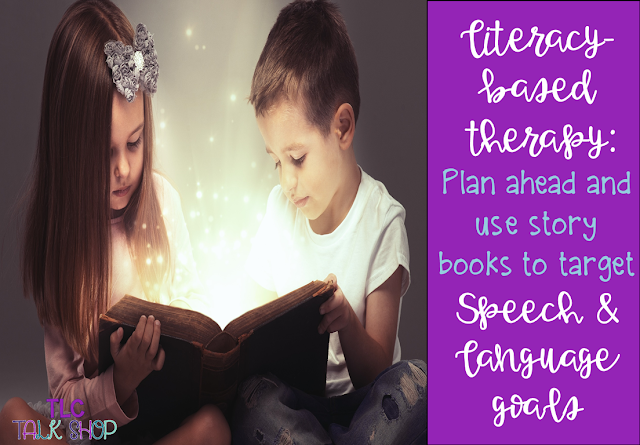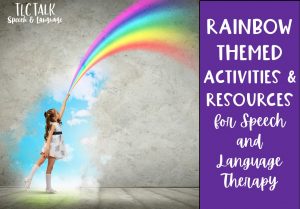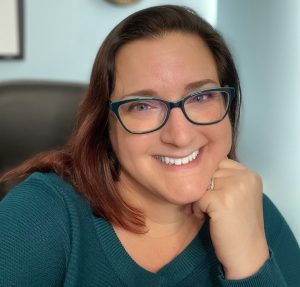Books are magical! They can teach new things and/or transport you to another time and place for an adventure. By the time students reach 3rd grade they have transitioned from learning to read to reading to learn. Unfortunately, some students are at a disadvantage when it comes to reading to learn possibly due to a reading or language disorder or lack of exposure to books and opportunities to engage with literature. This is one of the many reasons that I love using literacy-based therapy! Using literacy-based therapy not only provides early and multiple opportunities to provide exposure to stories to our students but you can also save time with planning and target multiple goals! Check out what areas you can target with literacy-based therapy.
ARTICULATION:
- phonemic awareness (play with rhyming, sound discrimination, initial/medial/final word placement)
- phoneme production (isolation level)
- word production level
- sentence production level
- reading level
- spontaneous speech level (story recall, narrative for what happens next, answering/asking questions, etc..)
TIP: Have extra copies of the book so students can read along with you and write down the words with their sound. You can also provide students with a list of words with their sound from the story that they have to write on a separate piece of paper to take home and practice. I encourage you to have them practice writing their own word list instead of handing them an already made list to take home. I have included some helpful planning sheets and a word list for your student. Grab your free packet below.
CHILDHOOD APRAXIA OF SPEECH:
Use repetitive books to target specific sounds, syllable structures, and to empower students to communicate more frequently. Check out these blog posts for lists of repetitive books:
LANGUAGE:
- receptive identification and expressive labeling for basic semantics (nouns, verbs, pronouns, prepositions, etc..) and semantic features (function, location, description, category, etc..)
- vocabulary building for antonyms, synonyms, homonyms, homophones
- asking and answering yes/no and who, what, where, when, why, and how questions
- auditory comprehension and following directions
- inference skills and compare/contrast skills
- sequencing and story retell, and building narration
FLUENCY:
- identification of fluent vs. disfluent speech
- identification of different types of disfluent speech
- teaching and practicing fluency shaping strategies and stuttering modification techniques
PRAGMATIC LANGUAGE:
- identifying/determining inappropriate vs. appropriate actions
- emotions
- identifying and expressing body language, facial cues, and tone of voice
- perspective taking for others
- problem solving
- identifying/determining appropriate social responses to situations
 Initial planning can take time in the beginning dependent upon how familiar you are with the story since you will need to spend time with each book to break down word lists, concepts covered, etc… However, once you create a plan and file it away, you can use it year after year without any further planning.
Initial planning can take time in the beginning dependent upon how familiar you are with the story since you will need to spend time with each book to break down word lists, concepts covered, etc… However, once you create a plan and file it away, you can use it year after year without any further planning.
If you would like the literacy-based therapy planning pack, fill out the information below to grab your free copy. The pack includes some helpful planning pages, links to find additional resources, and an articulation word list page for your students!





